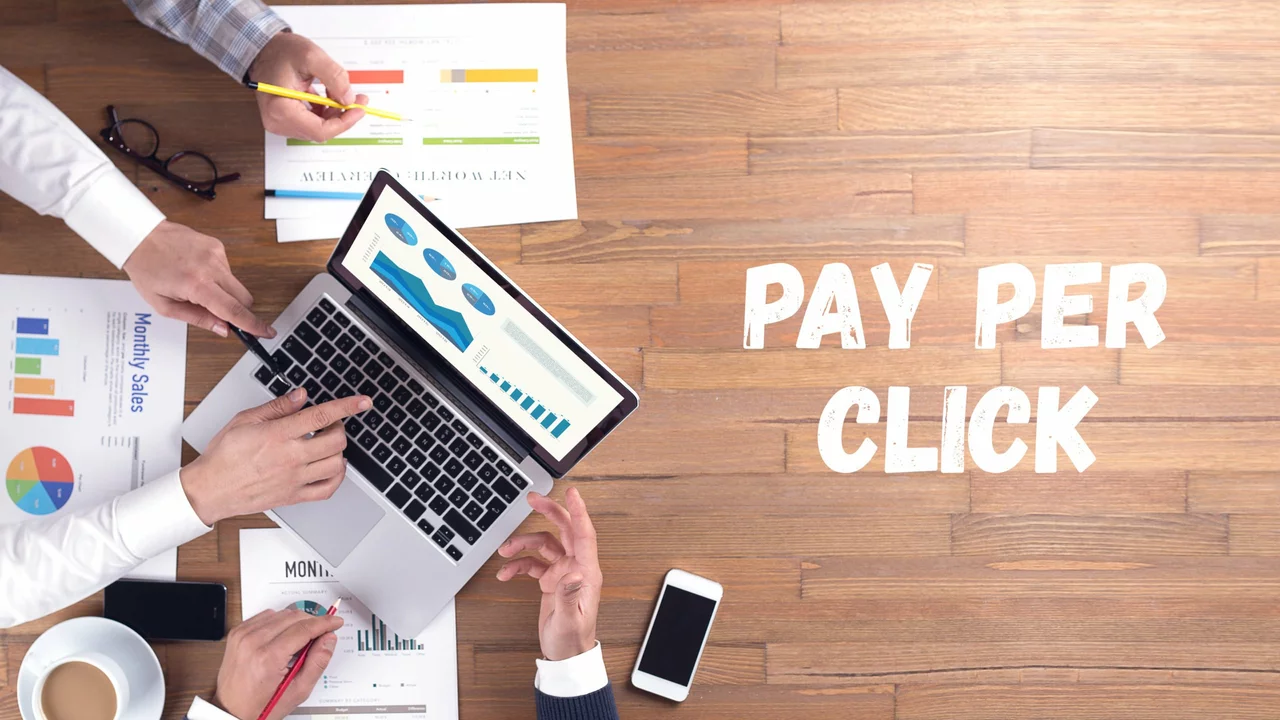What is Pay Per Click and Why It Helps Your Business
Ever wondered why some ads look like they’re waiting for you to click? That’s pay per click, or PPC for short. In a PPC model you only pay when someone actually clicks on your ad. No clicks, no charge. It’s a straight‑forward way to buy visits to your site instead of hoping people find you on their own.
Think of it like fishing with a net instead of a stick. You set the net (your ad), and each fish that gets caught (a click) costs you a little bit. If the fish is a good catch – a customer who buys something – the cost feels worth it. That’s the core idea behind PPC and why many businesses love it.
How Pay Per Click Works
First, you pick a platform – Google Ads, Bing, or social sites like Facebook. Then you choose keywords that match what your customers might type in. When someone searches those words, your ad can appear near the top of the results.
Each time a user clicks the ad, the platform takes a tiny fee from the budget you set. You decide how much you’re willing to spend per click and how much total you want to spend each day. The system tracks every click, so you always know where your money is going.
Because you control the bid amount, you can compete for popular keywords without blowing your budget. If a keyword is too expensive, you simply lower the bid or pick a longer, more specific phrase that costs less but still attracts the right people.
Top Benefits of Using PPC
Immediate traffic – Unlike SEO, which can take weeks to climb rankings, PPC brings visitors as soon as your ad goes live. You can see clicks within minutes of launching the campaign.
Cost control – You set a daily cap and a maximum cost per click. If you reach the budget, the ads stop. No surprise bills at the end of the month.
Targeted reach – Choose where your ads appear based on location, device, time of day, and even user interests. This means you’re talking to the people most likely to buy.
Measurable results – Every click, impression, and conversion is recorded. You can see which keywords work best and tweak the campaign for better performance.
Scalable growth – Start with a small budget to test what works. Once you see a positive ROI, increase the spend and watch the traffic grow.
To get the most out of PPC, write clear ad copy, use a strong call‑to‑action, and send clicks to a relevant landing page. If the landing page matches the ad’s promise, visitors are more likely to become customers.
In short, PPC lets you pay only for real interest, gives you full control over spending, and provides instant feedback on what’s working. That’s why it’s a solid piece of any digital marketing plan.
So, if you’re ready to attract qualified traffic without waiting for organic rankings, give pay per click a try. Set a modest budget, choose the right keywords, and watch the clicks turn into customers.
What is pay per click, and how is it beneficial for businesses?
Hey there, folks! Ever heard of pay per click? It's like fishing in the digital ocean, but every fish you catch, you've got to pay for. It's a fascinating advertising model where businesses pay a small fee each time someone clicks on their ad. Sounds costly? Not really. This strategy is actually a clever way of buying visits to your site, rather than struggling to reel them in organically. So, it's like hiring a professional fisherman instead of waiting for fish to jump into your boat. And the best part? If your ad is good and relevant, the cost of the click gets balanced out by the value of the customer it brings. It's a win-win, you see! So, get your bait ready, the digital ocean is teeming with prospects.
Details +